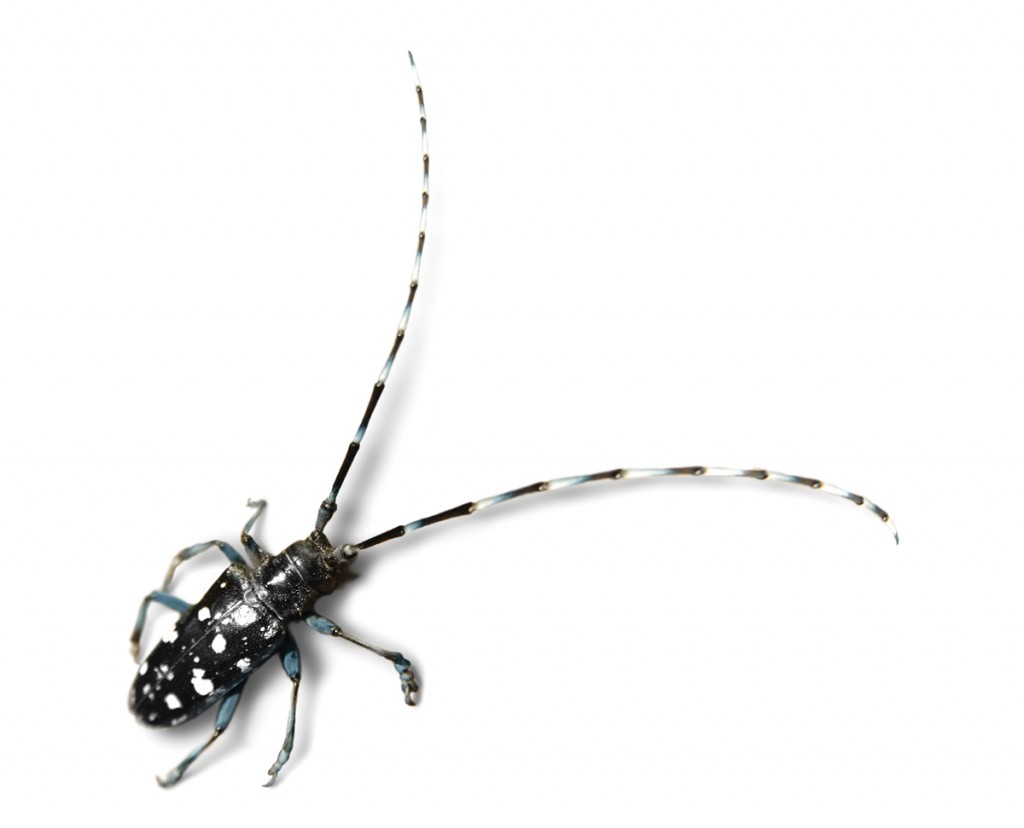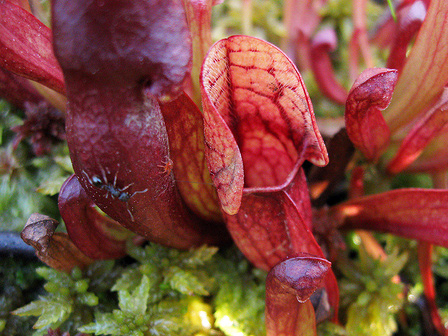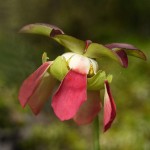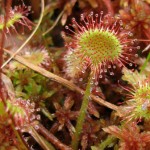 There’s a dangerous insect on the loose. Shiny black with bright white spots, the non-native Asian longhorned beetle (or ALB for short) feeds on a wide range of trees to the point of destruction. Once infected, a tree can’t be saved; tens of thousands of trees have already been lost in the northern and central US.
There’s a dangerous insect on the loose. Shiny black with bright white spots, the non-native Asian longhorned beetle (or ALB for short) feeds on a wide range of trees to the point of destruction. Once infected, a tree can’t be saved; tens of thousands of trees have already been lost in the northern and central US.
Now is the time to stop the ALB in its tracks. The insect is most active in August, which has prompted the USDA to launch Tree Check Month. Early detection is critical as the beetles can do immense damage in a short period of time.
Ready to pitch in? Here’s what you need to know.
About ALBs
Native to China, Japan, and Korea, the Asian long-horned beetle was first detected in North America in 1996. Most likely it hitchhiked aboard wooden packing material. Since then, it has destroyed over 80,000 trees in Massachusetts, New York, New Jersey, Ohio, and Illinois. Back in 2008, 27,000 infested trees had to be removed in Worcester alone.
The ALB infests hardwood trees, such as maple, birch, horse chestnut, poplar, willow, elm, and ash. The beetle’s larvae burrow so deeply into the tree that insecticide won’t reach them, and it’s impossible to extract them. In the past, they have been reported in Greater Worcester and there was a small infestation in Boston.
Check your Trees
Fortunately, we can fight back. Eradication efforts have already banished the beetle from Illinois and New Jersey, and parts of New York are expected to follow soon.
The most important thing you can do is to check your trees for infestations. Here’s what to look for:
- Small, perfectly round dime-sized holes (3/8″ up to 1/2″ in diameter) with smooth edges, left by adult beetles exiting a tree.
- Shallow oval scars in the bark (1/2″-3/4″ wide) where the eggs are deposited.
- Sawdust-like material on the ground and in branches, pushed out by the larvae as they burrow.
- The beetle itself. Mature ALBs measure 1 to 1.5 inches, with two antennae (the “horns”) that can grow up to 4 inches long.
The USDA’s Asian longhorned beetle site features a slideshow of images (including ALB look-a-likes) and includes a tool to report sightings.


 Carnivorous plants may seem like the stuff of science fiction. But these fascinating plants exist. Better yet, you can find them here in Massachusetts.
Carnivorous plants may seem like the stuff of science fiction. But these fascinating plants exist. Better yet, you can find them here in Massachusetts. Look for the purple pitcher plant (Sarracenia purpurea) amongst sphagnum mosses in a bog or other acidic wetland. During spring and summer, it produces a 2-inch-wide green and red flower that looks like a hovering UFO. Its vase-shaped leaves are 4-10 inches long. Peer inside one of these leaves and you’ll see a bacteria-laden soup. Insects fall into this fluid and are digested; they can’t escape because the walls are lined with downward-pointing hairs.
Look for the purple pitcher plant (Sarracenia purpurea) amongst sphagnum mosses in a bog or other acidic wetland. During spring and summer, it produces a 2-inch-wide green and red flower that looks like a hovering UFO. Its vase-shaped leaves are 4-10 inches long. Peer inside one of these leaves and you’ll see a bacteria-laden soup. Insects fall into this fluid and are digested; they can’t escape because the walls are lined with downward-pointing hairs. There are 3 species of sundew in Massachusetts, and their names describe their shapes: the round-leaved sundew (Drosera rotundifolia), the spatulate-leaved sundew (Drosera intermedia), and the thread-leaved sundew (Drosera filiformis). You may find them clinging to a boardwalk or nestled in bog greenery. The purple to white 5-petaled flowers appear in mid- to late-summer. The leaves are covered in long reddish hairs, each of which bears a sugary, sticky droplet of “dew”. This fluid traps insects, and then the leaves wrap around them and consume them.
There are 3 species of sundew in Massachusetts, and their names describe their shapes: the round-leaved sundew (Drosera rotundifolia), the spatulate-leaved sundew (Drosera intermedia), and the thread-leaved sundew (Drosera filiformis). You may find them clinging to a boardwalk or nestled in bog greenery. The purple to white 5-petaled flowers appear in mid- to late-summer. The leaves are covered in long reddish hairs, each of which bears a sugary, sticky droplet of “dew”. This fluid traps insects, and then the leaves wrap around them and consume them.